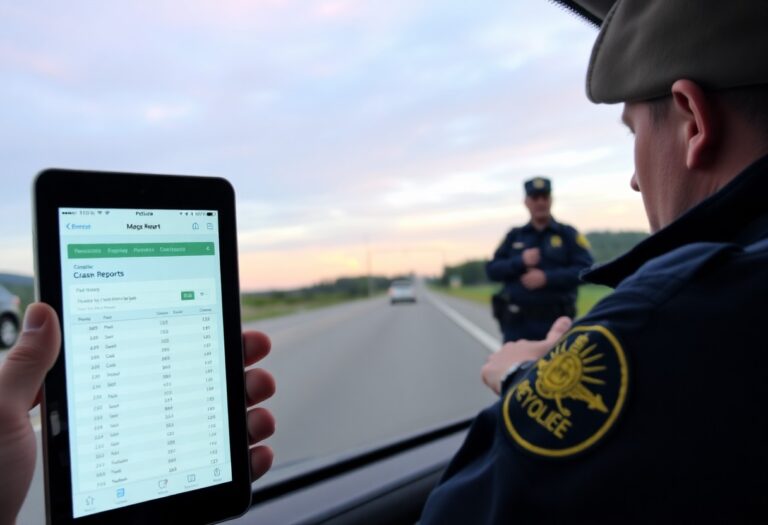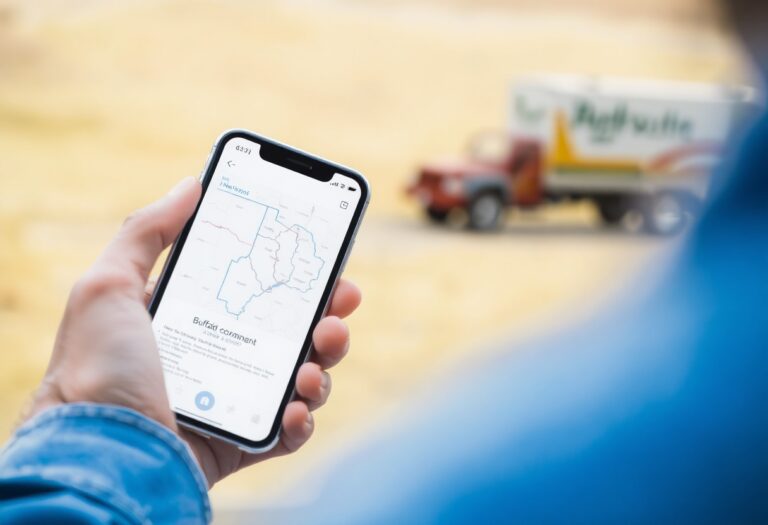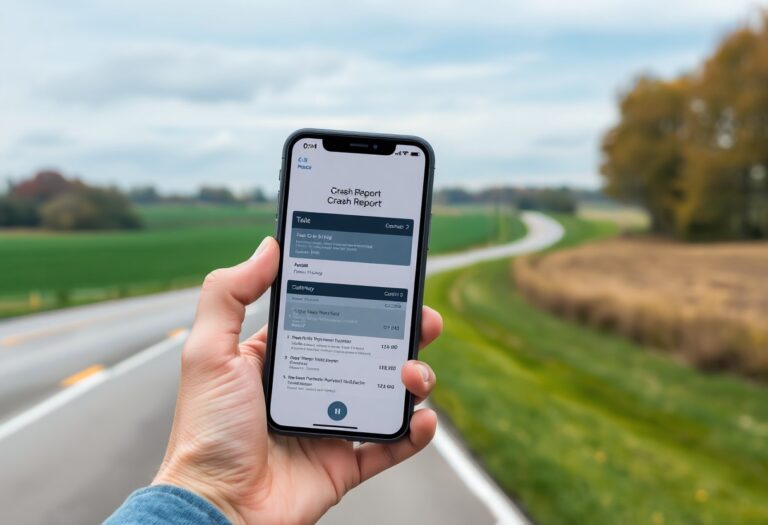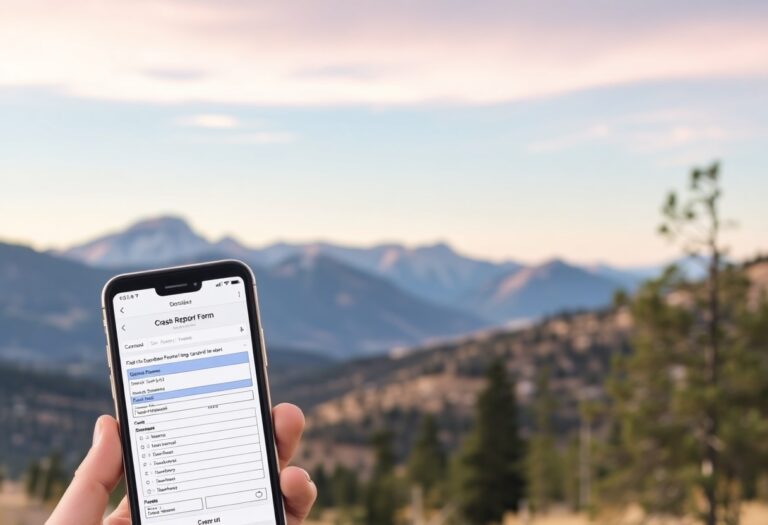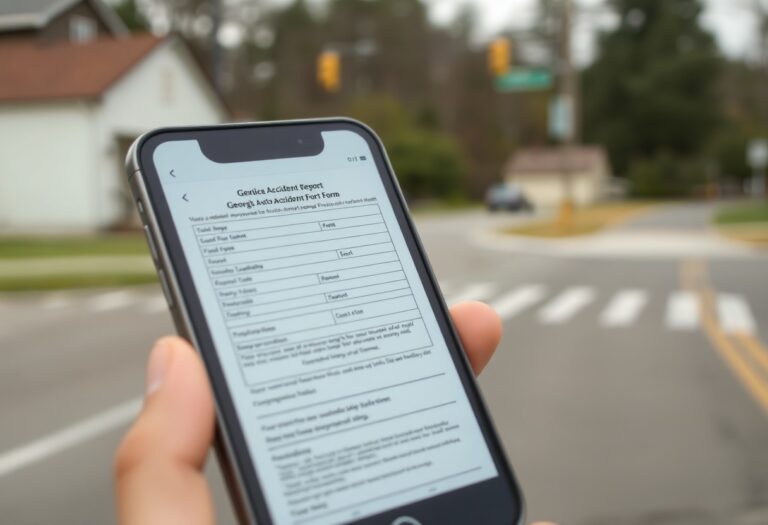With an increasing number of accidents occurring every year, it’s necessary for you to easily access your accident report in Buffalo County, Wisconsin. This guide provides you with step-by-step instructions to help you navigate the process efficiently. We’ll cover key resources and contact points, ensuring you can obtain your report swiftly. Whether for insurance purposes or legal reasons, understanding how to find your report is vital for your peace of mind.
Navigating the Maze: Where to Start Your Search
Begin your search for your accident report by determining the source of the incident. This might be a local police department or sheriff’s office, depending on where the accident took place. Knowing the right agency can save you significant time and frustration. If the accident involved a state road, you may need to refer to the Wisconsin Department of Transportation’s records. Start by collecting any pertinent information you have, such as the date and location of the accident, to streamline the process.
Online Resources: Utilizing Buffalo County’s Official Systems
Buffalo County offers several online resources that make accessing accident reports straightforward. You can visit the official Buffalo County website, which features dedicated sections for public records requests. Fill out the required forms and submit them electronically. Keep in mind that there may be a small processing fee associated with obtaining your report, which can vary based on the type of report you request.
Physical Locations: Visiting Local Law Enforcement Offices
Sometimes, a personal visit to your local law enforcement office can yield faster results than online research. Buffalo County is home to several key locations, including the Buffalo County Sheriff’s Office and various municipal police departments, where you can request your accident report. Ensure you have valid identification and any relevant documentation to assist the staff in locating your records quickly.
For an effective visit, go prepared with all necessary documents, such as your driver’s license and information regarding the accident. The Buffalo County Sheriff’s Office, located at 407 South 2nd Street in Alma, is a primary point for many reports. Officers and clerks there are familiar with the process and can guide you on specific steps to take. Walk-in hours may vary, so it’s advisable to check ahead for their schedule. If you’re unable to visit during regular hours, consider calling to schedule an appointment or ask any preliminary questions before your visit.
The Art of Requesting Your Report
Submitting a request for your accident report requires precision and attention to detail. Begin with the correct contact, typically the police department or sheriff’s office that responded to your incident. Be prepared to provide pertinent information such as your name, the date and location of the accident, and any report or case numbers you may have. Clearly state your request in writing to avoid any confusion or delays.
Understanding the Necessary Documentation and Forms
Your request will often need specific documentation and forms, including a completed accident report request form. This may vary by department, so check their website for the right form. Providing a valid ID, proof of involvement in the accident, and your contact information can expedite the process. Make sure all paperwork is filled out clearly and accurately to prevent any discrepancies.
How to Avoid Common Pitfalls During the Request Process
Many requesters face delays due to incomplete forms or the submission of incorrect documentation. To streamline your request, double-check that all required fields are filled in before submitting. Additionally, using clear language and specifying any deadlines you may be working against can help expedite the process. Always keep copies of your submission for your records.
Inadequate preparation can lead to frustrating delays when requesting your accident report. Consider checking local regulations and procedures beforehand; some departments may have specific guidelines or additional requirements. Staying organized by keeping a checklist of what you need can save you time and ensure that you don’t miss a step. Avoid last-minute requests after an incident, as reports may take time to process and become available. If possible, request your report during regular business hours when staff is more likely to be available to assist you.
Timeline Transparency: When to Expect Your Report
Understanding the timeline for your accident report can alleviate some frustration during this process. Typically, you can expect to receive your report within 7 to 14 business days from the date of the accident. However, various factors such as the complexity of the incident and the availability of officers can impact this timeframe, so it’s wise to check back if delays occur.
Typical Processing Times for Accident Reports in Buffalo County
In Buffalo County, accident report processing routinely takes about 10 business days. Reports can be expedited if the incident involves severe injuries or fatalities, but expect regular processing if it’s a standard accident.
What to Do If You Encounter Delays
If you find yourself waiting longer than the typical processing time, reaching out to the appropriate office can often shed light on the hold-up. Contact the police department directly to inquire about the status of your report and offer any additional information they may need.
For persistent delays, gather all relevant details including the report number, date of the incident, and names of involved parties. Approach the department with this information to streamline your inquiry. If necessary, consider submitting a formal request for status updates in writing. This not only puts your request on record but also prompts further action from the department. Though frustrating, remaining polite and persistent will help you secure your report faster.
The Details Minefield: Interpreting Your Accident Report
Decoding the language and structure of your accident report can feel overwhelming. Each section holds vital information about the incident, but understanding the specific terms used is key to grasping your case fully. Familiarize yourself with the layout and terminology to not only enhance your comprehension but also to better advocate for your rights. Misinformation or misunderstandings can lead to complications in your claim, so a thorough read-through is vital.
Key Sections and Terminology Explained
Focus on key sections such as the narrative, diagram, and injury assessment. The narrative section details the accident’s circumstances, while the diagram offers a visual representation of the scene. Injury assessments denote any physical harm reported at the scene. Understanding these terms ensures you grasp the report’s full context and implications for any legal or insurance processes.
What to Look For: Identifying Inaccuracies and Reporting Errors
Your accident report must accurately reflect the incident to serve you well. Pay close attention to details such as dates, times, location, and any eyewitness statements. Errors in these fields can derail your claim or legal standing. If you find discrepancies, it is important to take immediate steps to report them to the appropriate authorities for correction.
Inaccuracies can manifest as wrong vehicle descriptions, incorrect witness information, or misreported details of the incident itself. For instance, if your accident involved multiple vehicles, but only one is listed, this may undermine your case. Additionally, errors in injury severity can impact potential compensation. Should you identify such inaccuracies, compile evidence and provide a written explanation to the relevant agency to substantiate your claims and seek amendments. Your proactive approach ensures that your report accurately supports your narrative moving forward.
Beyond the Report: Exploring Follow-Up Actions
Understanding your accident report marks only the beginning of addressing the repercussions of an accident. Post-report, several important actions may be necessary, such as pursuing medical treatment, filing insurance claims, and possibly engaging the legal system. Each of these steps plays a vital role in protecting your rights and ensuring you receive appropriate compensation. Failing to follow through on these actions can complicate your situation, so it’s vital to navigate this process thoughtfully.
Engaging Legal Help: When to Consult an Attorney
If your accident resulted in significant injuries or financial losses, consulting an attorney can be beneficial. An experienced legal professional can help you understand liability, evaluate your case’s potential compensation, and guide you through insurance negotiations. Certain scenarios, like uninsured drivers or disputes with insurance companies, often warrant legal guidance right from the onset to facilitate a smoother resolution.
Insurance Implications: How Your Report Influences Claims
Your accident report holds significant sway over the claims process with your insurance company. The details contained within it will form the basis of your claim, determining fault, negligence, and the extent of damages. A comprehensive report can expedite your claim, while inaccuracies or omissions may lead to delays or denials. This makes it vital to ensure the report accurately reflects the incident facts before submitting your claim.
For instance, if your report suggests that you were at fault, this could lead to higher premiums or denial of benefits from your insurer. In contrast, a clear documentation of the accident may strengthen your case for receiving compensation, especially if the other party involved is at fault. Additionally, you may find that the insurance adjusters will rely heavily on the report to assess the severity of your injuries and the overall claims process. Therefore, reviewing and understanding your accident report is vital for maximizing your chances of a favorable outcome with your insurance provider.
Conclusion
Summing up, accessing your accident report in Buffalo County, Wisconsin, involves a straightforward process. By following the outlined steps, you can locate the necessary documents swiftly and efficiently. Ensure you have your details ready, such as the date and location of the incident, which will aid in your search. Whether you choose to visit the police department in person, utilize online resources, or contact them directly, you now have the tools needed to successfully obtain your report and address any further needs you might have regarding your accident.








